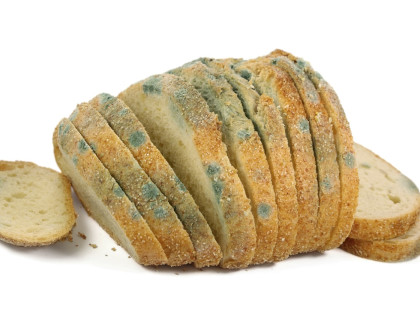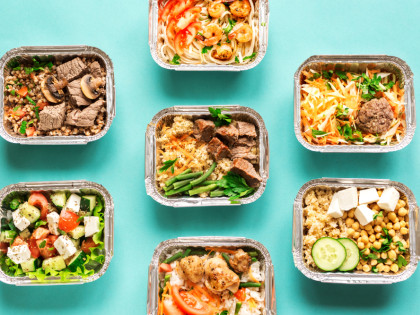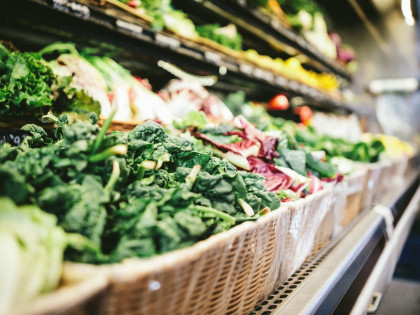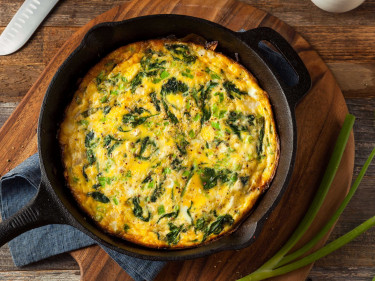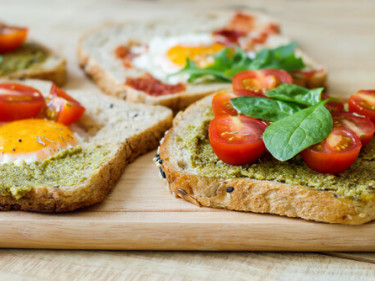These days, ready-made meals are easy to find in the freezer, fridge and even on the shelves. Like any meal, it’s good to make sure it has a balanced mix of carbohydrate, protein, fat, energy and key nutrients (e.g., vitamins and minerals). Whether you’re in a rush at 5pm or just want something quick, here are some simple tips to choosing a ready-made meal.
Energy
Energy from food is the fuel needed to stay active and feel good. If a meal doesn’t give you enough energy, you might still feel hungry and want something more. Too much and you might feel overly full or sluggish. Finding a balance that helps you feel satisfied and energized is key. Look for meals with total energy between 1250-2100kJ (300-500 calories). Check the serving size of the ready-made meal as the package may contain more than 1 serve. If the meal is small, consider adding some frozen vegetables, salad, microwavable brown rice or canned beans or legumes to bulk up the meal and make it more filling.
Protein
Protein is needed for muscle growth and repair, and helps keeping you full between meals. Try to choose ready-made meals with 10-20g protein per serve. This helps to ensure a balance with other macronutrients (carbohydrates and fats).
Fat
Fat is an important nutrient for a healthy body, but some fats are better for your heart than others. Unsaturated fats reduce heart disease risk and help to lower cholesterol. Saturated fat can increase the risk of chronic disease. When comparing the fat content of ready-made meals look for two things:
- Aim for 10-18g total fat per serve
- Aim for low saturated fat – less than 4g per serve
Fibre
Fibre is important for a healthy gut, to lower the risk of chronic disease and it helps you feel full. Look for meals with more than 5g fibre per serve. Ingredients high in fibre include wholegrains (quinoa, brown rice, rolled oats, wholegrain breads), seeds, nuts, and legumes such as beans (chickpeas, kidney beans, black beans) and lentils.
Sodium (Salt)
Ready-made meals can have more sodium (salt) than home cooked ones where you can control how much or little salt you add. Try to choose meals with less than120mg per 100g, or less than 600mg per serve. This will help to keep your sodium intake below the recommended upper limit of 2300mg sodium per day.
Ingredients
The ingredients list is a good place to look for clues about how healthy a ready-meal is. Look for meals with whole foods like veggies, wholegrains, fish and lean meats. The first ingredient in the list is the one used most. It is often shown as a percentage (%). For example, within peanut butter the first ingredient is usually roasted peanuts (> 90%). Other tips when looking at the ingredients list is to see whether fat, salt or sugar are listed high in the ingredients list, as this means a product is high in that ingredient. More information on ingredients lists can be found here.
The bottom line
At the end of the day healthy eating should be easy. Ready-made meals can be a handy choice when you’re short on time. Save this guide on your phone or having a look online to find meals that work for you. For more information refer to our nutrition label decoder. Once you have found a few healthier brands and meals, these can be your go-to. Another option is to pre-make some of your own meals and freeze them. Check out our healthy, easy recipes for inspiration.




